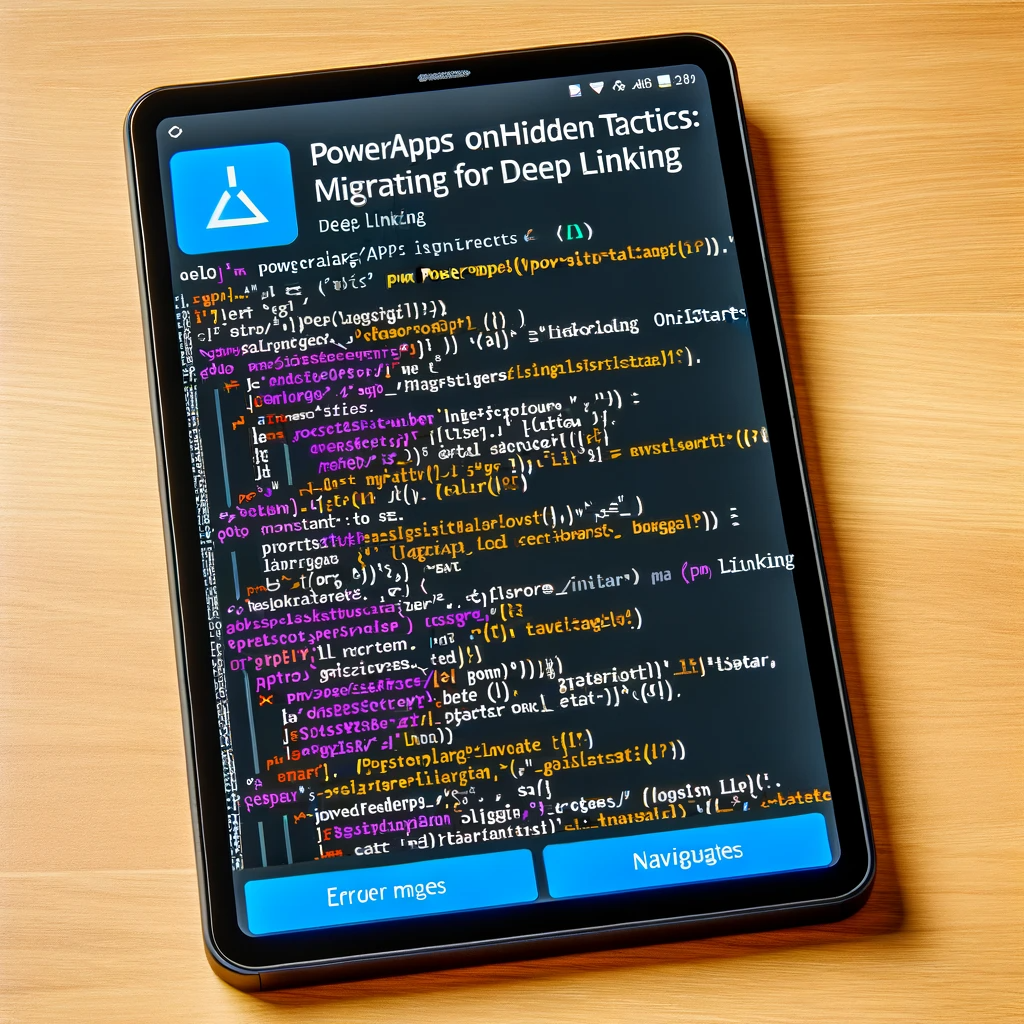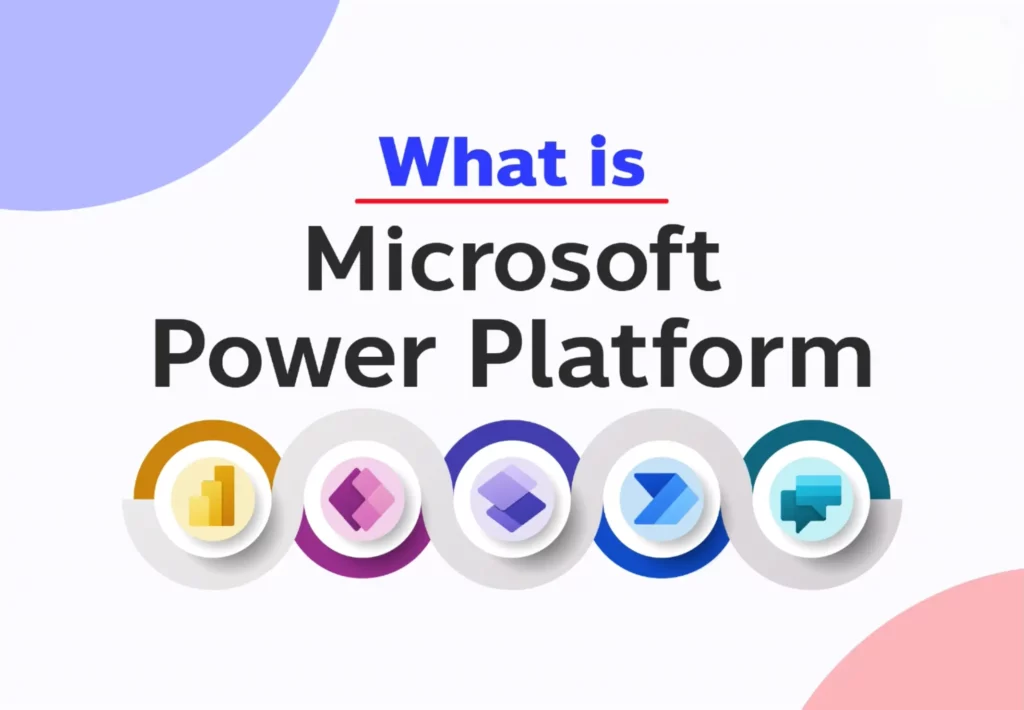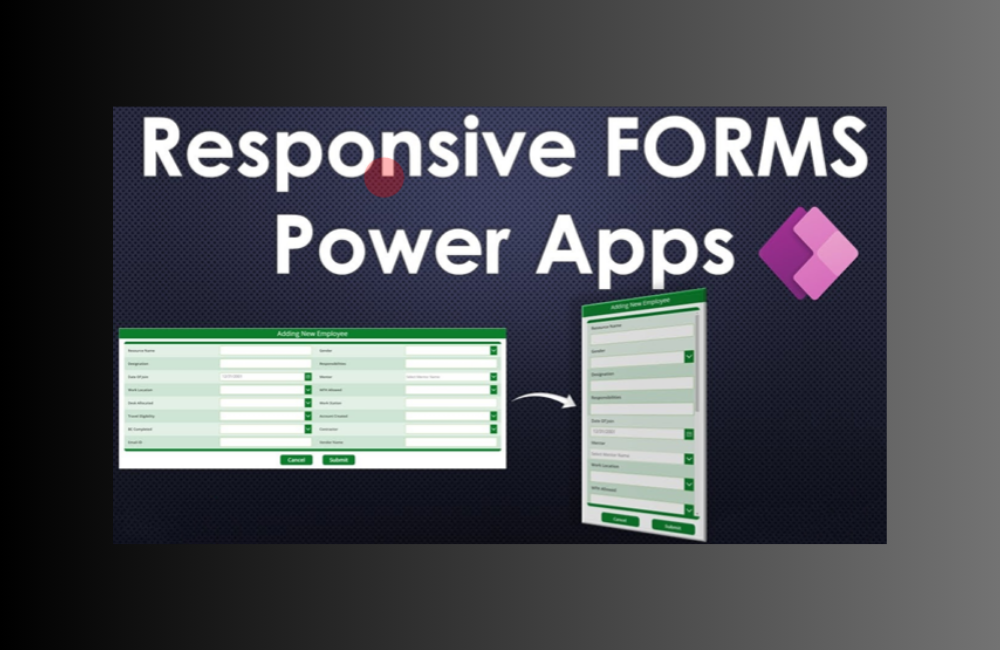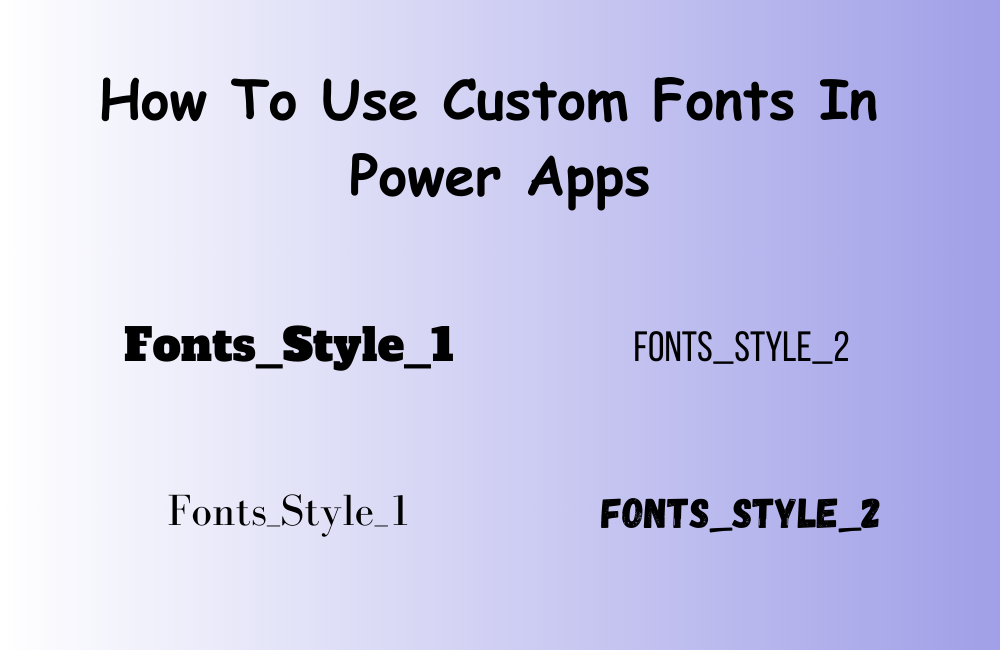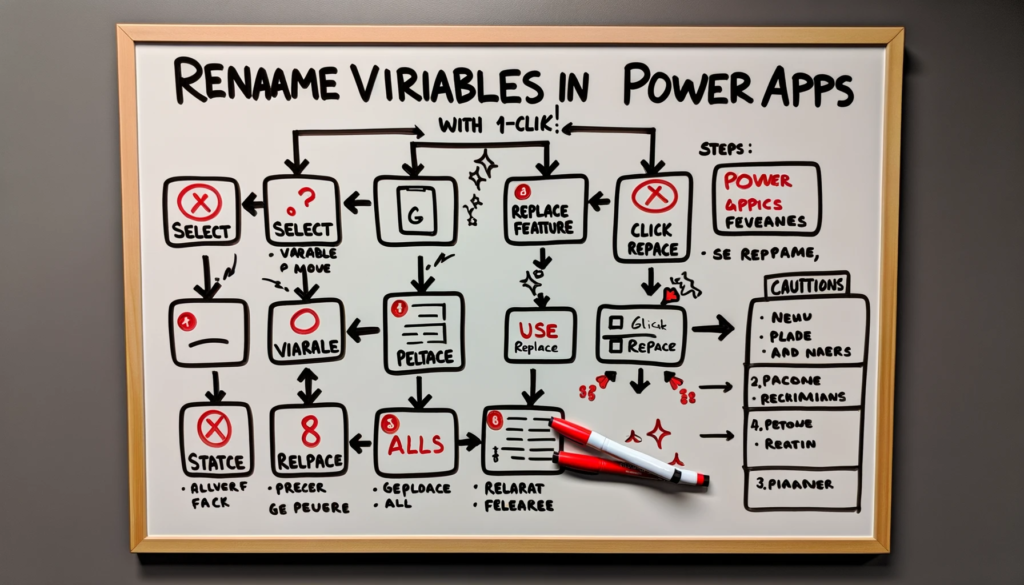PowerApps OnHidden Tactics: Migrating OnStart for Deep Linking
With recent updates to PowerApps, there’s been a shift in how developers handle navigation during the app’s start. The previously used Navigate function within App.OnStart now throws an error, prompting developers to consider alternatives. If you’re facing such challenges, or are keen to optimize your app’s performance, this guide dives deep into the potential solutions. And if ever in doubt, don’t hesitate to contact us for tailored guidance.
Understanding the Shift in PowerApps Deep Linking Tactics
Microsoft’s recent update to PowerApps enhances the app’s performance but restricts the use of the Navigate function in App.OnStart. This change aims to prevent prolonged formulas in App.OnStart, which might hinder an app’s startup time. While beneficial in intent, this poses a challenge for apps utilizing deep linking. Let’s delve into the associated challenges and potential migration techniques.
Reference: Important changes (deprecations) coming in Power Apps and Power Automate
Challenges with Deep Linking: Navigating the New PowerApps Tactics
Deep linking, a practice of directing a user to a specific, generally searchable or indexed, location within an app, has seen its share of complications with the latest PowerApps updates. As developers, we’ve leaned on the Navigate function within App.OnStart to achieve seamless app launches tailored to user needs. But with the recent shift in PowerApps Deep Linking Tactics, the once straightforward process now comes with a set of hurdles. The elimination of the Navigate function from App.OnStart was aimed at streamlining app performance. However, it inadvertently posed challenges for those apps heavily reliant on deep linking, especially for user-specific content or page navigation. This change demands innovative solutions, as developers must now find alternative ways to implement deep linking while ensuring app speed, efficiency, and user experience remain uncompromised.
Transitioning Tactics: Adapting to OnStart Navigate Changes
The landscape of PowerApps has seen considerable transformations, with the recent alteration of the OnStart Navigate function being among the most notable. Developers accustomed to employing this function for app initiation are now thrust into a position of re-evaluation and adaptation. The goal remains unaltered: to deliver a seamless user experience, irrespective of deep linking needs. Yet, the tactics have shifted. Embracing these changes requires a blend of rethinking strategy, applying alternate methods, and continuous testing. While the initial phase might appear daunting, the long-term benefits of adapting to these changes promise improved app responsiveness and a more streamlined user journey. This evolution, though challenging, paves the way for more advanced and efficient app development practices in the PowerApps ecosystem.
Contact for Custom Solutions
If these solutions seem intricate or if you’re unsure about the best method for your specific app, don’t hesitate. Reach out to our expert team for personalized guidance and technical assistance. We’re here to ensure your PowerApps projects run seamlessly, and sometimes, a custom touch is just what’s needed.
Conclusion
The dynamic landscape of PowerApps, especially with the latest updates, can be challenging to navigate. With the deprecation of the Navigate function in App.OnStart, it’s essential to adapt and ensure deep linking functions remain efficient. By understanding the issue and leveraging the methods described, you can achieve optimal app performance. And remember, for any complexities, our team at SoftwareZone365 is always ready to assist!

